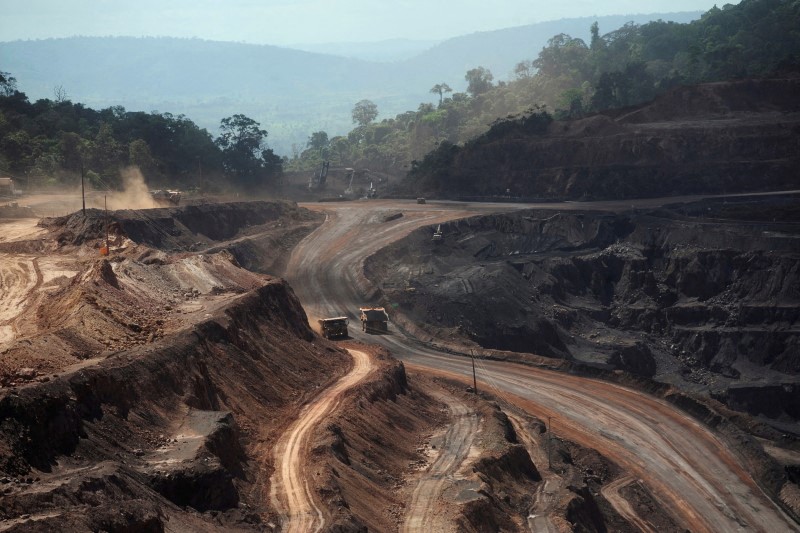Resource Mining Corporation Ltd (ASX:RMI) has confirmed at least six nickel sulphide targets from its natural-source audio-frequency magnetotellurics (AMT) geophysical survey at its Liparamba Nickel Project, situated in the Nyasa Ruvuma region in Tanzania.
By mapping lateral conductivity contrasts, the AMT method has proven effective in identifying prospective areas within specific geological settings for nickel mineralisation and has emerged as a useful tool for nickel exploration.
RMC has selected drill hole locations to test for nickel sulphide mineralisation within the large, significant co-incidental geophysical and geochemical anomalies previously identified by BHP/ Albidon.
Moving forward, an initial reverse circulation (RC) drill campaign of 12 holes across 1,800 metres, planned to drill test the AMT targets, is expected to kick off this month.
Significant nickel sulphide targets
RMC CEO Andrew Nesbitt said: “The findings from the AMT geophysical survey at Liparamba have been very encouraging.
“Not only have they substantiated the significant nickel sulphide targets previously defined by BHP/Albidon, but in addition, they have identified some very promising new targets as well.
“We have updated our geological model, and subsequently planned a drilling program which will start next week to test the most prospective targets.
“We look forward to updating investors as we progress.”
Survey highlights
The results demonstrate a strong correlation between the two datasets, with the AMT data providing more granularity in terms of revealing the internal structure of the conductive targets and assessing their internal complexity.
This enhanced level of detail allowed a more comprehensive understanding of the subsurface geology and the potential mineralisation targets within the Liparamba exploration area.
Overall, the strong correlation between the VTEM conductors and the AMT-modelled 2D sections instils confidence in the data and enables more robust interpretation in 3D.
Anomalous AMT profiles were consistent across the base of the southern boundary of the mapped mafic inlier at the project.
